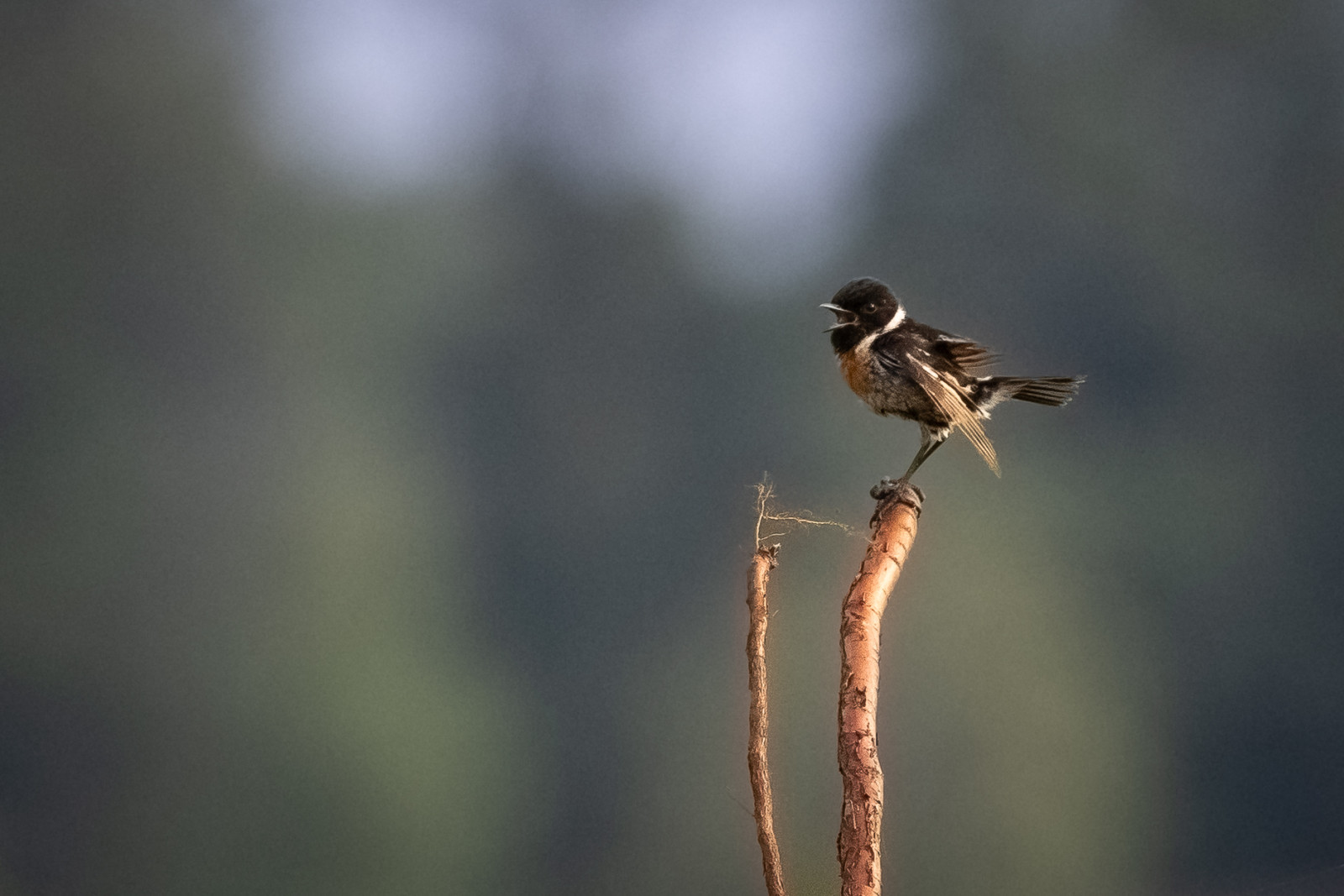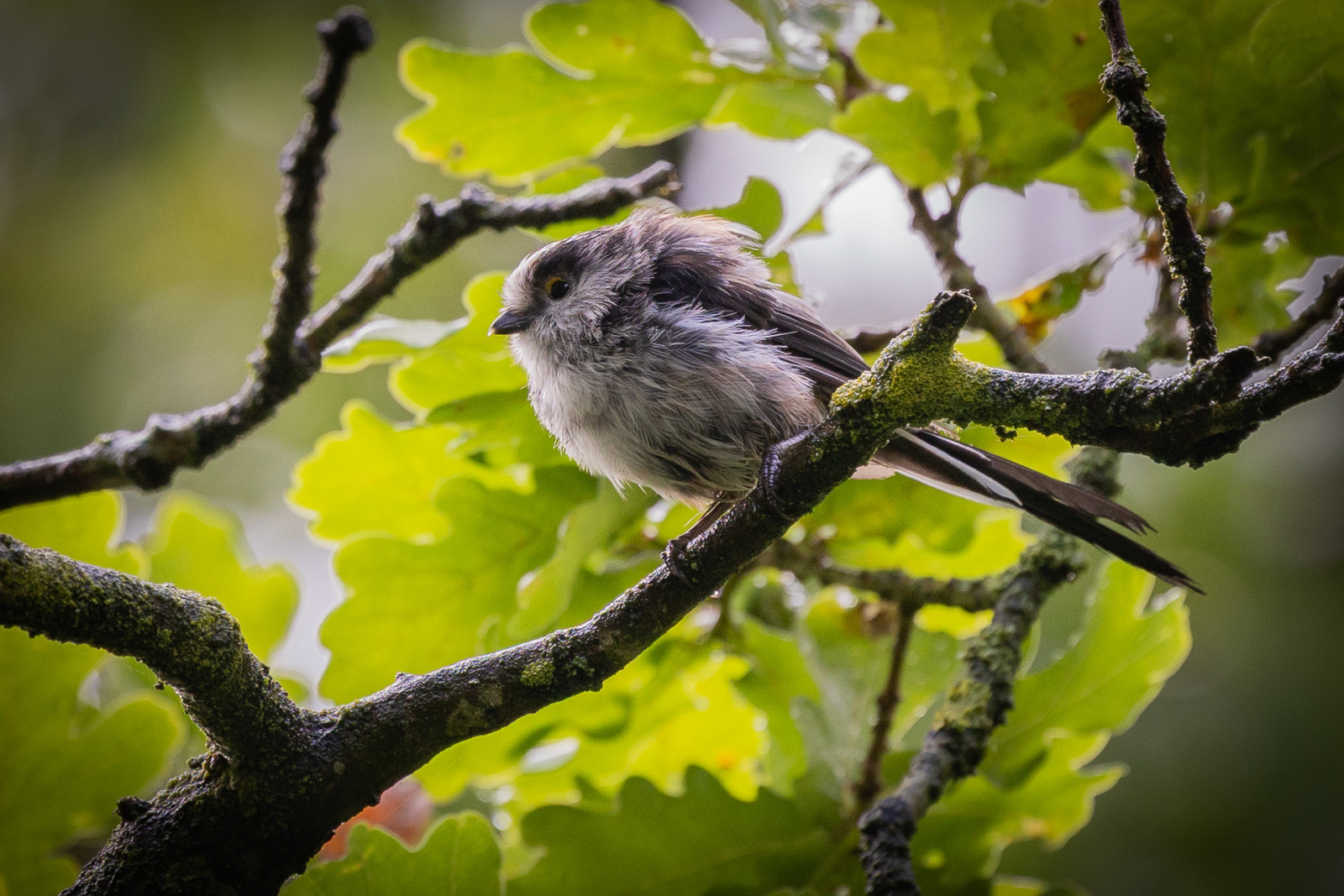Description
The central part on flemish side is heathland with several fens. In the north there are some old agricultural fields which attract some Ходулочник and at the edges there are large tracts of mostly pineforests.
In winter, there are less birds, but Серый сорокопут is one of the main targets, together with Полевой лунь, Клёст-еловик and on the fens Гоголь. Larger groups of mostly Белолобый гусь are foraging in the northern area. Spring starts early in february with the singing Лесной жаворонок, which is very common and continues with other birds which are here still very common like Лесной конёк, Обыкновенная горихвостка, Обыкновенная кукушка, Серая мухоловка, Обыкновенный козодой, etc. On migration Белозобый дрозд, Каменка and Луговой чекан are common, Чёрный аист, Красный коршун, Полевой конёк and Вертишейкаare uncommon but there are several yearly. It is one of the better areas to find the rare Кобчик which is almost a yearly visitor. In the forest itself Желна and Обыкновенный дубонос is quite easy to find Обыкновенный осоед and Вальдшнеп(most easy in winter) are present but not always obvious. If the water level is sufficiently high in the northern area small amounts of stilts like Турухтан, Щёголь, Большой веретенник turn up and sometimes more interesting species like Белохвостый песочник or Краснозобик.
_________________________
Nederlands: De Kalmthoutse heide is een van de grootste natuurgebieden van Vlaanderen en is met een oppervlakte van 6.000 ha een van de grootste stukken overgebleven heide. Het centrale deel aan Vlaamse zijde is heide met meerdere vennen. In het noorden zijn er enkele oude landbouwvelden die Ходулочник aantrekken en aan de randen zijn er grote stukken met voornamelijk dennenbossen.
In de winter zijn er minder vogels, maar Серый сорокопут is een van de hoofddoelen, samen met Полевой лунь, Клёст-еловик en op de vennen Гоголь. Grotere groepen van voornamelijk Белолобый гусь foerageren in het noordelijke gebied. De lente begint vroeg in februari met het zingen van Лесной жаворонок, wat heel gewoon is en doorgaat met andere vogels die hier nog steeds heel gewoon zijn zoals Лесной конёк, Обыкновенная горихвостка, Обыкновенная кукушка, Серая мухоловка, Обыкновенный козодой, etc. Tijdens de trektijd kiomen Белозобый дрозд, Каменка en Луговой чекан vaak voor. Чёрный аист, Красный коршун, Полевой конёк en Вертишейка zijn zeldzaam, maar er zijn er meerdere per jaar. Het is een van de betere gebieden om de zeldzame Кобчик te vinden die bijna jaarlijks te zien is. In het bos zelf zijn Желна en Обыкновенный дубонос vrij gemakkelijk te vinden. Обыкновенный осоед en Вальдшнеп (deze laatste meest makkelijk in de winter) aanwezig maar niet altijd even duidelijk. Als het waterpeil in het noordelijke gebied voldoende hoog is, komen er kleine hoeveelheden steltlopers zoals Турухтан, Щёголь, Большой веретенник en soms interessantere soorten zoals Белохвостый песочник of Краснозобик op het gebied af.
Details
Access
The area is only accessible on foot, car parkings are present around the area. During breeding season some trails are closed, this is clearly indicated so please respect these restrictions. The route shown on the map is 10 km.
_________________________
Nederlands: Het gebied is alleen te voet bereikbaar. Er zijn parkeerplaatsen rondom het gebied aanwezig. Tijdens het broedseizoen zijn sommige paden gesloten, dit staat duidelijk aangegeven dus respecteer deze beperkingen. De op de kaart getoonde route is 10 km.




